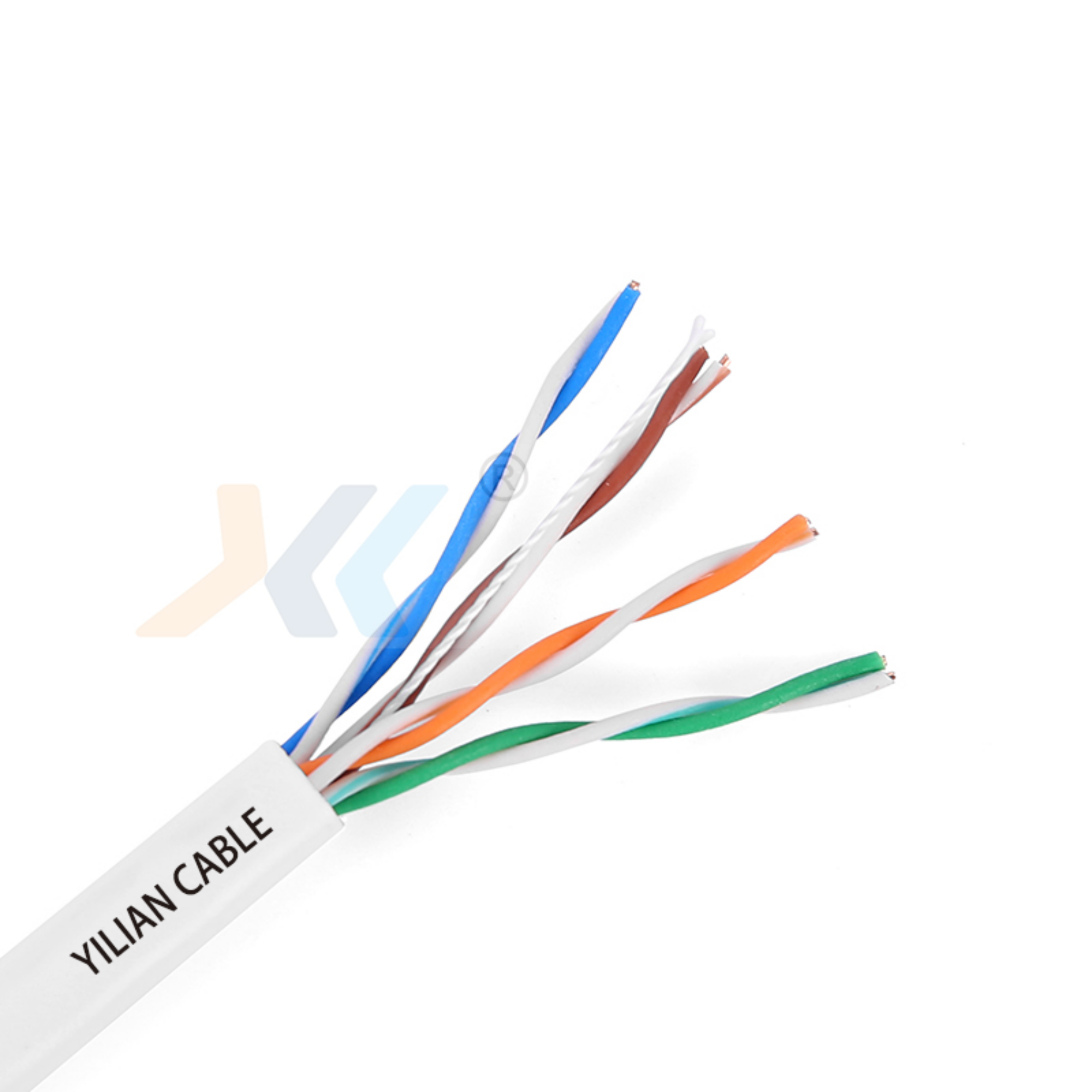One of the indispensable tools for connecting your different devices and passing data between them is a cable. They help us in communicating and accessing the internet. These are typically types of cables that you will see when referring to CAT5E and CAT6 by XLL. But what really sets these disciplines apart? Let’s explore.

What do you mean by CAT5e and CAT6 Cables?
When we talk about CAT5e and CAT6 cables, they are two types of Ethernet cables. Ethernet Cables designed to connect devices such as computers, gaming consoles to the internet or another nearby device in a network. Each has a unique plug on either end that plugs into the device and modem or router. The modem/outer which gets connected to the internet allows us to access websites, playing games and lots more.
What sets CAT5e and your new friends, the CAT6 cables apart?
The only difference between these cables is their technology of construction and manufacturing. These are the newest and advanced technology than CAT5e cables This technological advancement makes CAT6 cables to be able to operate more efficiently in different circumstances.
Difference between CAT5e and CAT6 Cables:
Below are key parameters for each of the cable categories:
Transmission Speed: The speed of CAT5e cables can transfer up to 1 Gbps. Which means that they are able to transfer data faster but not as fast, say CAT6 cables. By contrast, CAT6 cables are capable of reaching speeds up to 10 Gbps - a ten times improvement.
Frequency: CAT5e cables can work at a frequency of 100 MHz (megahertz). For example, CAT6 cables operate at a frequency of 250 MHz. This allows CAT6 cables to send more usable data at the same time, so they can process larger information much faster.
This implies that CAT6 cables are able to transmit data much faster than the performance of plan old CAT5e cables. They can handle more information simultaneously and are less likely to get lost or clash with other signals.
Choosing the Right Cable:
Make sure you choose an Ethernet cable based on your usage. A CAT5e cable will be enough to connect a computer and printer or two devices in case you only need that. But if you have a lot of equipment connected to the network, or need more data (for example streaming videos etc.), then use CAT6 cable.
Just keep in mind that the devices you are connecting need to support the cable you’re going with as well. So why different categories for cables that all seem to do the same thing, well this is due to compatibility, you could buy a CAT6 cable and if your device can only handle communication at CAT5e level, which we will go over how on what defines these in a bit.
Benefits of Using CAT6:
CAT 6 cables - if you have an older network setup or a lot of devices connecting, moving to CAT6 cabling could prove advantageous. Here are a few advantages:
Greater Speed: This is sort of mentioned priorly that CAT6 can become capable more data and send it off even faster than the original CAT5e cables. This translates into faster downloads, better video streaming and online games.
Improved Signal Quality: CAT6 cables don't lose their signal or are as prone to receiving interference That will translate into fewer disconnects and more reliable internet.
Future Proof: As the technology evolves and we are needing to send greater amounts of data-or at faster speeds. Replacing it with CAT6 cables today ensures your network also meets tomorrow's demands and remains effective.
Mix and match CAT5e and CAT6
Typically, it is fine to swap your CAT5e cables with the CAT6 kind. Both types of cables use different technologies which can cause interference and signal loss - this also affects internet performance. If you have a CAT5e network now and are looking to upgrade to CAT6, it is advisable that all your cables be replaced. Meaning, you can take full advantage of the faster speeds and better signal quality that CAT6 cables offer.
In Conclusion:
To keep a long story short, when comparing CAT5e and CAT6 cables the difference is in their speed (the technology they use). The following is a comparison of one CAT6 cable to hundreds of other fiber optic cables, specifically in terms at which data may be transferred as well as degrees that the quality will occur and how it can also be integrated for larger networks or utilize if you are transferring large amounts of information. What do i mean by this is before choosing an ethernet cable what are your requirements and which devices you want to connect for a connection. Just know if you choose to use CAT6 cables, upgrade all the wires together for optimal results. This allows your network to function smoothly and in a timely manner.

 EN
EN
 AR
AR
 BG
BG
 HR
HR
 CS
CS
 DA
DA
 NL
NL
 FI
FI
 FR
FR
 DE
DE
 EL
EL
 HI
HI
 IT
IT
 JA
JA
 KO
KO
 NO
NO
 PL
PL
 PT
PT
 RO
RO
 RU
RU
 ES
ES
 SV
SV
 CA
CA
 TL
TL
 IW
IW
 ID
ID
 LT
LT
 UK
UK
 VI
VI
 SQ
SQ
 HU
HU
 TH
TH
 TR
TR
 FA
FA
 IS
IS
 AZ
AZ
 BN
BN
 MY
MY
 KK
KK
 UZ
UZ

